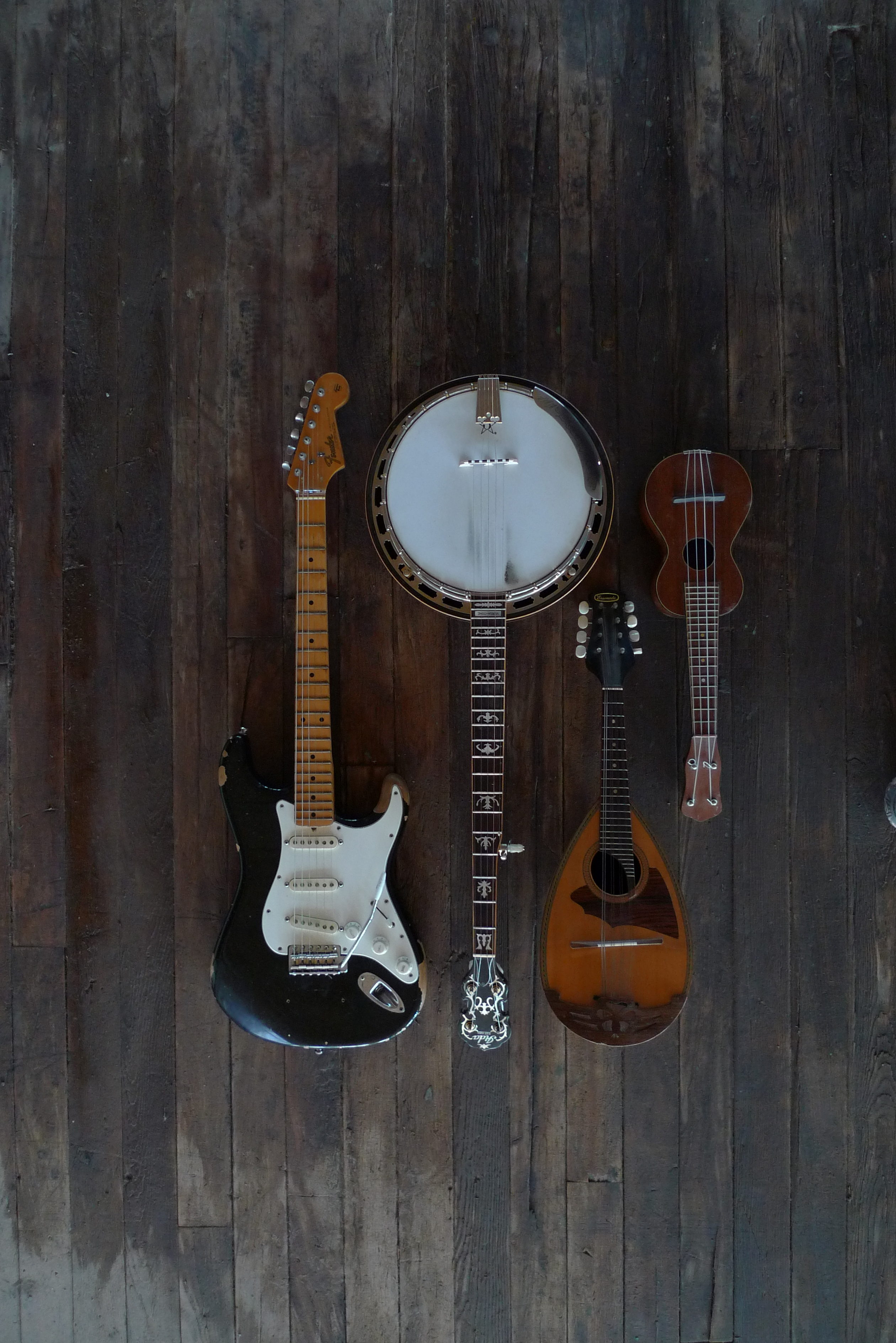An immersive meditation on the passage of time and the persistent resonance of place, Linefork follows the daily rituals of an elderly couple living in Kentucky’s Appalachian Mountains. Now well into his eighties, Lee Sexton is the last living link to the distant past of a regional American music. A retired coal miner with black lung, Lee and his wife, Opal, continue to farm the land where he was born. Together they face encroaching health concerns and stark economic realities. Recorded over three years, Linefork is an observational film documenting their marriage, their community, their resilience, and the raw yet delicate music of an unheralded banjo legend, linked to the past yet immediately present.
Co-directed by Jeff Silva and Vic Rawlings, Linefork is a project of Harvard Sensory Ethnography Lab and is distributed by Cinema Guild.
For updates, screenings, etc., like us on Facebook.
—
Funding is sought for a companion archival project focused on Lee Sexton’s music and storytelling.
—
LEE SEXTON BIOGRAPHY FROM “CLASSIC BANJO” CD, SMITHSONIAN/FOLKWAYS RECORDS, 2013
Lee Sexton (b. 1928) is one of the finest of the eastern Kentucky banjo players. Growing up in Linefork, Kentucky, Lee was influenced by many of his musical relatives; he also spent time listening to and learning from local radio shows. Sexton began performing professionally in 1941 and during his career worked with fiddler Marion Sumner (1920-1997). Although unable to make a living in music, he continued to play during the years he worked in the coal mines and can still be found playing in the Appalachian region with the Lee Sexton Band. Sexton is a recipient of the Kentucky Governor’s Award for Lifetime Achievement in the Arts.
—
“A master of the drop-thumb banjo style (and not too shabby at two-finger picking, either), Lee Sexton has lived his whole life near his birthplace in Letcher County, KY. Born in 1927, he acquired his first banjo, a homemade wooden fretless model with a groundhog skin head, for a dollar when he was eight years old (he worked to clear a field for a week to earn that dollar), and with instruction from his father and uncles (one of whom was the unique and sublime banjo player Morgan Sexton), Sexton soon mastered the instrument, and the fiddle, as well. As a young man he would work all week in the mines and then play music all weekend at house parties, bean stringings, and corn shuckings. June Appal issued an LP of traditional material, Whoa Mule, in 1988, and an expanded CD version in 2004 with an additional 40 minutes of music. One of the most respected and revered folk musicians in eastern Kentucky, Sexton garnered a brief scene in the 1980 film Coal Miner’s Daughter, where he appears playing at a square dance. In 1999 he was presented with the Kentucky Governor’s Award for Lifetime Achievement in the Arts.” – Steve Leggett, MSN Music
—
“Lee Sexton has been something of a legend among those who love old time mountain music. For years, homemade tapes have been eagerly passed from one banjo enthusiast to the next. And I am sure I am not the only one to sit through Coal Miner’s Daughter for the fourth time just to see Lee playing for the movie square dancers. His music is both wildly spirited yet clean and precise – a rare combination in any form of music. He can play a quirky version of ‘Shady Grove’ that will transport you to some lonesome Kentucky hollow or cut loose on a tune like ‘Hook and Line’ that will drive you right out of your chair and on to the dance floor. Lee Sexton is one of the finest traditional old time banjo players in the country.” – David Holt, Host of PRI’s Riverwalk Jazz
